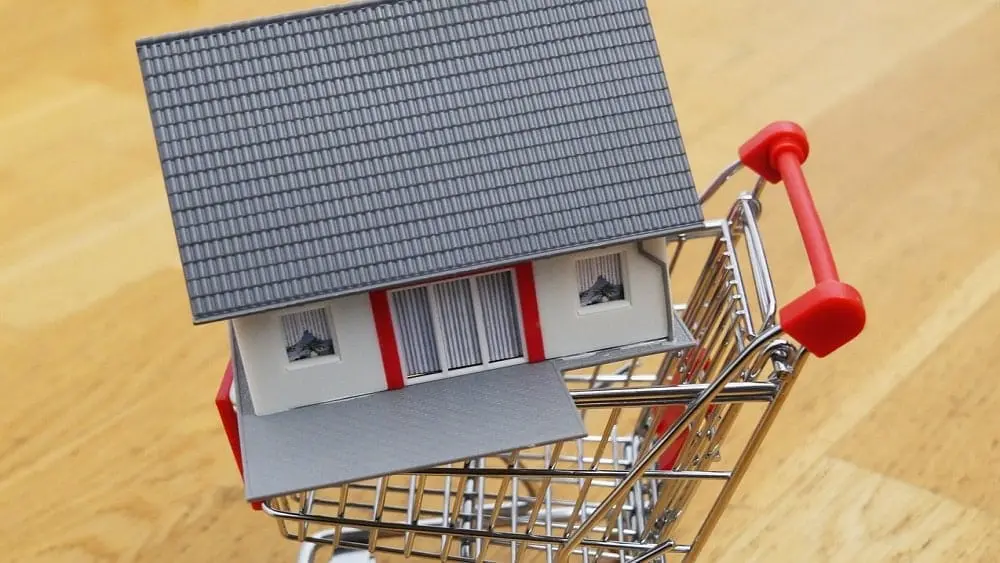When shopping for a new home, there are several factors to consider: floor plan, proximity to good schools, neighborhood amenities. One factor that many people prioritize is square footage, and price per square foot. But if you’re shopping for a home based on square footage and price per square foot alone, you could end up selling yourself short.
Square Footage is Hard to Pinpoint
There is no standard square footage measure for new construction as there is when appraising existing homes. With new builds, builders count square footage any way they see fit – some measure only the indoor living spaces while others include garages, porches, or decks to their total. Some count unfinished basements, some count only finished areas. Consequently, it is difficult, if not impossible, to compare offerings by different builders.
Then there’s the fact that some builders won’t even talk about their price per square foot. According to an article on the trade publication Builder, some builders deflect or flat out ignore queries about price per square foot, using them instead to open a conversation about themselves and their products.
That’s not to say square footage isn’t something you shouldn’t consider. “It is important,” says Terry Shuffler, who heads Trendmaker Homes’ Austin, TX, division. “But there’s certainly more to [home buying] than that. Square footage is just a starting point for our sales team. We try to learn more about what they must have and what they would like to have.
“If you want to talk about houses as commodities, you would focus on square footage,” Shuffler adds. “But we are talking about people’s homes, so the value of what is being purchased is more important than just a specific size.”
Considering Other Home Features
When shopping for a new home, instead of focusing on how much square footage the home has, or how much it costs per square foot, you could – and should – consider other factors, including location, lot size, community and amenities, home volume, the floor plan, and additional features. We deep dive into why these other elements are important:
Location. What’s it worth to you to be close to work? To be near shopping, dining, great schools, and more? Some buyers are looking to be near the hustle and bustle, but others don’t mind a longer commute to be able to afford the home they want.
You also should consider the big-picture location – the city. Building codes and regulations add roughly 25 percent to the cost of a home, and it costs builders and developers more to operate in certain cities, counties, or towns. A house in one locale can cost much more than the exact same house in a different area.
Lot. While the cost of the so-called “sticks and bricks” that go into every house are relatively the same for all builders, the cost of the land can vary widely, as can the cost to develop it. Some sites are so irregular and complicated that they must be reconfigured, which drives up lot costs. Some builders charge a premium for building sites that are larger, wooded, or further back in the neighborhood, where there is less traffic or a scenic view. Others lump that into the price of the house with no extra lot fees. Either way, though, you’ll be paying for the type of lot you’re on.
“All land is not created equal,” says Clancy.
Community. The master planned properties being offered today are going to offer more amenities than smaller, standalone projects with only a few houses. But with tons of amenities comes a price, either through higher house prices or home owner association dues – or both. And yes, you must pay those HOA fees, even if you never put one toe in the pool or lift one dumbbell in the workout facility. If you would rather not pay for those amenities, choose a neighborhood with no HOA, or one with fewer amenities (and thereby lower HOA costs).
Volume. Your home’s size isn’t limited to horizontal space. A standard ceiling is eight feet high, but when a builders goes to nine or even 10 feet, the house feels much larger. Yet the square footage is the same.
“A place can have the exact same square footage as another house, but the one with higher ceilings will feel so much different,” Shuffler points out. “And it doesn’t cost that much more,” Clancy adds.
Layout. Consider how you want to use your space. You’re looking for, say, a 2,000 square foot house for your family of four, so you want at least three good-sized bedrooms. A 2,000-square-foot, three-bedroom home with a media center, a formal dining room, and a hallway between rooms is likely going to have much smaller bedrooms than a house of the same square footage with a kitchen nook and no media center.
Extras. Some builders offer bunches of extras and upgrades – crown molding, fireplaces, or possibly some customization. Others include them in the advertised price. Consequently, the square foot price of the latter builder will be higher.
But the builder who includes the most options can add them to his price at his cost, whereas the one who doesn’t include them usually charges his price plus a large profit premium, often twice as much. Thus, it may be best to go with the inclusive builder.
“If you put nothing in it, it costs less per square foot,” Clancy says. “But the more you put in it, the higher the price per square foot will be.”

Lew Sichelman is a nationally syndicated housing and real estate columnist. He has covered the real estate beat for more than 50 years.

 Make Your Yard Pop | Design a Killer Outdoor Space
Make Your Yard Pop | Design a Killer Outdoor Space